

Josh Nevett
2025 Bentley Bentayga review
5 Days Ago
The US is seeking to decrease reliance on Chinese EV components with rules that could see many EVs sold there lose tax incentives.
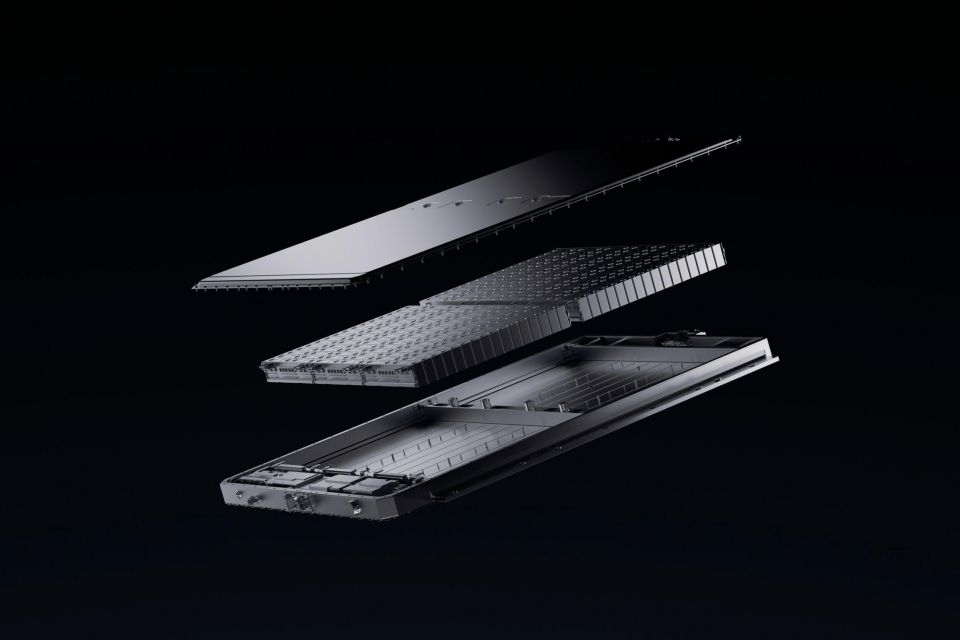
The United States wants to clamp down on electric vehicles (EV) that contain Chinese components and minerals.
American buyers of eligible EVs are able to receive up to a US$7500 (A$11,244) tax credit, a measure intended to drive EV uptake.
However, potential eligibility narrowed significantly with the Inflation Reduction Act, which passed last year and included an overhauled EV tax credit system.
Now, proposed guidance from the US Department of Energy provides clarity for the Act, and could further winnow down the number of EVs eligible for the full credit.
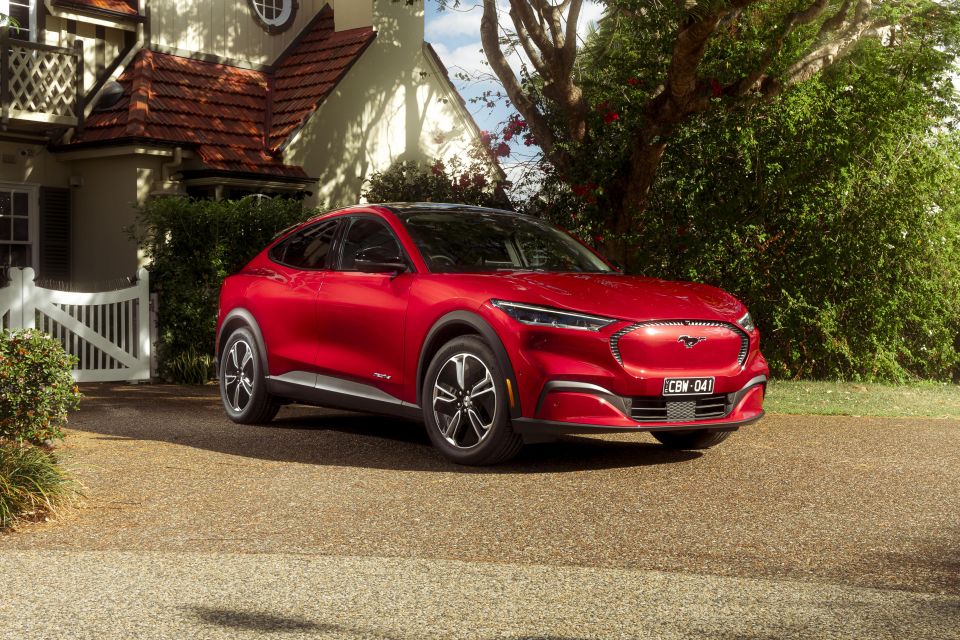
The proposed changes are aimed squarely at nations which the US classifies as adversarial, namely China, and prioritises EVs built in North America in order to strengthen local supply chains.
These rules say that from 2024, any vehicle containing battery components made by a foreign entity of concern (FEOC) will not receive any tax breaks, and that from 2025 this would extend to vehicles with certain concentrations of battery minerals supplied or handled by FEOCs.
FEOC nations include China, Russia, Iran and North Korea.
To receive a tax credit of of US$3750 (A$5622) in 2023, any EV battery must have 50 per cent of its components made or assembled in North America.
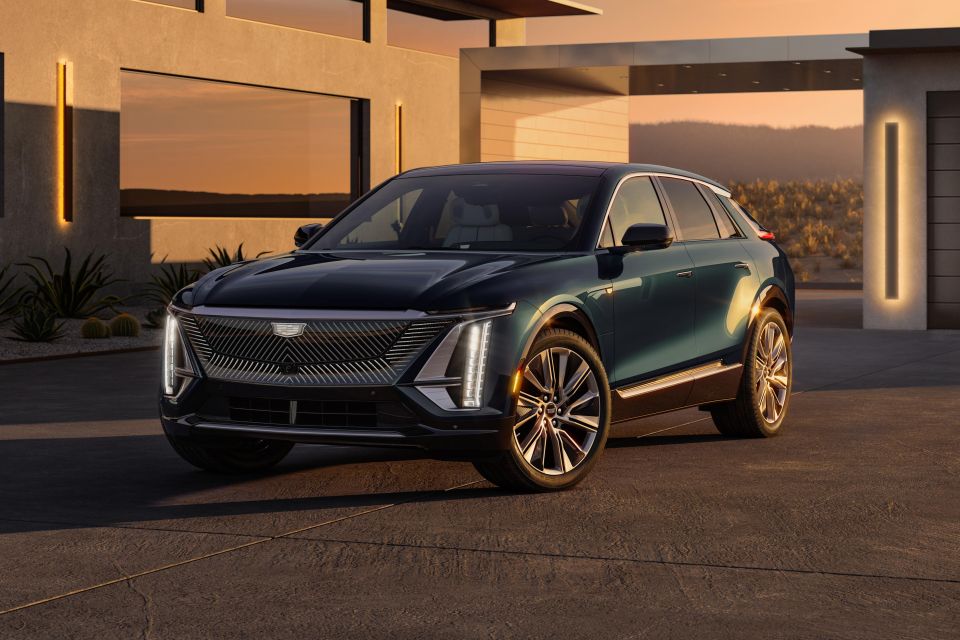
The percentage increases year by year until 2029, where 100 per cent of battery components must be made or assembled in North America.
For battery minerals in 2023, 40 per cent must be extracted or processed in the US, or in a country with which the US has a free trade agreement.
Again, percentages increase until 2028, where 80 per cent of battery minerals must be extracted or processed in the US, or in a country with which the US has a free trade agreement.
In addition, any company that is owned by, controlled by, headquartered in, incorporated in or performing the relevant activities in an FEOC would not receive tax break eligibility for its EVs.
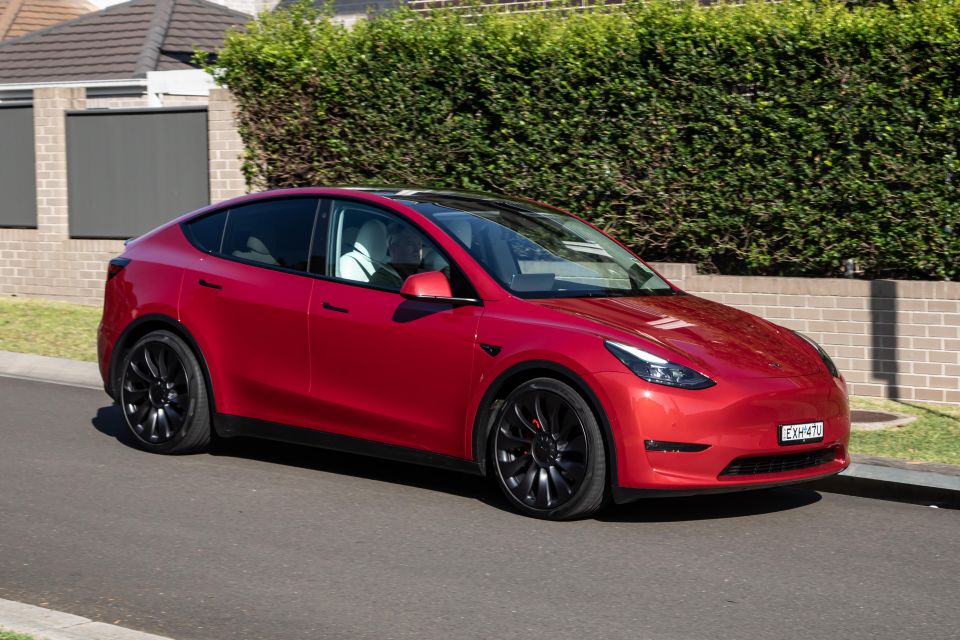
On top of this, vehicles would be ineligible for tax credits if any parts or minerals are produced by a company that has more than 25 per cent ownership or board seats held by an FEOC.
So what impact will these new targeted rulesets have?
There is a strong possibility that many EVs in the US will become ineligible for the tax breaks as many rely on minerals extracted, processed or recycled by a FEOC, and it will take time for supply chains to be adjusted to accommodate components and minerals from the US.
Minerals aside, many EVs also have Chinese-supplied batteries.
It appears these proposed rules are designed to weaken China’s hold on the EV component industry and decrease the US’s reliance on these components, boosting the local supply chain.
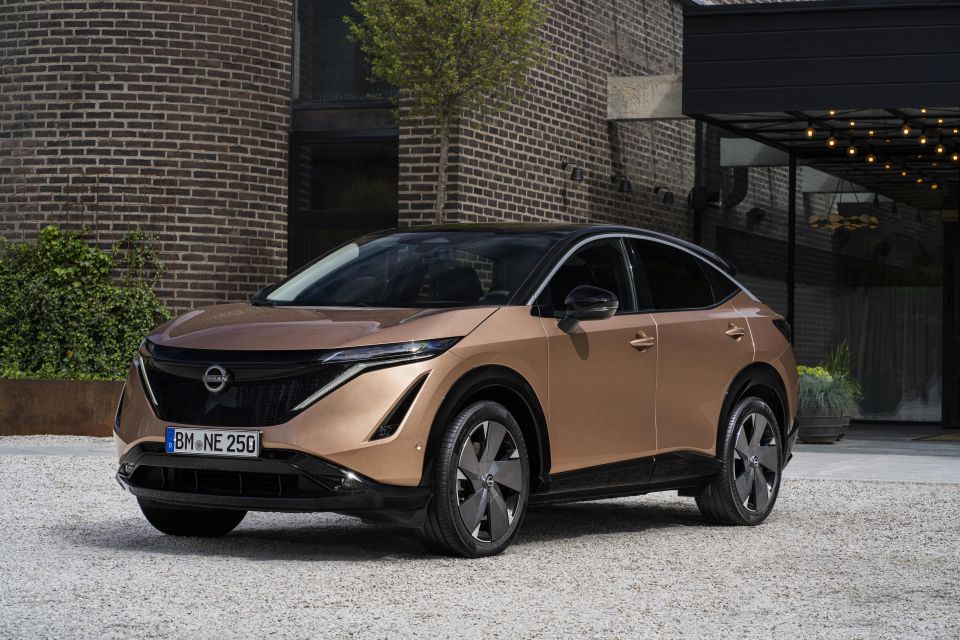
“We don’t know yet how the FEOC rules will impact which EVs qualify for some or all of the tax credit. Time will tell,” said John Bozella, president and CEO of Alliance for Automotive Innovation, to InsideEVs.
“Only about 20 vehicles qualify now (out of 103+ EV models for sale in the U.S.), but Treasury’s effort to make the rules workable means the list of eligible vehicles won’t completely disappear in 2024 (which was a real worry).”
Chris Harto, a senior transportation and energy policy analyst at Consumer Reports, told InsideEVs there could be an adjustment period as manufacturers trace where materials originate.
“We knew when this law went into place that there was going to be this two-to-three-year adjustment period for the industry in terms of adjusting their supply chains to qualify for these tax credits,” he said.
“I really see 2025, 2026, as a potential boom time for EVs.”


Josh Nevett
5 Days Ago


Andrew Maclean
4 Days Ago


Shane O'Donoghue
4 Days Ago


Anthony Crawford
3 Days Ago


Matt Campbell
2 Days Ago


James Wong
19 Hours Ago